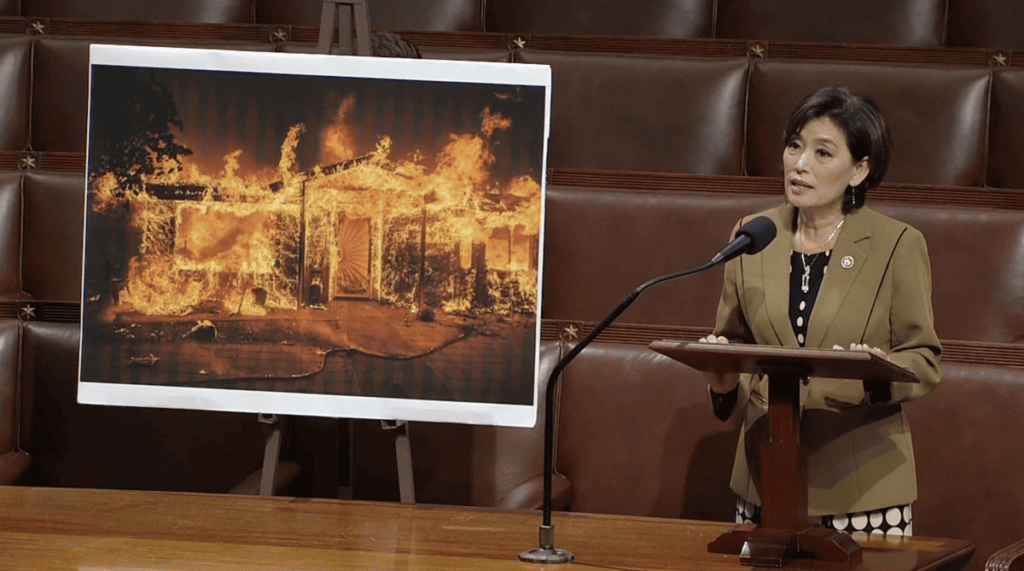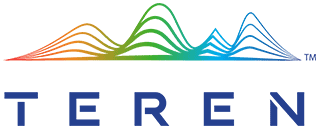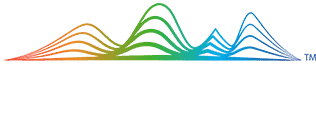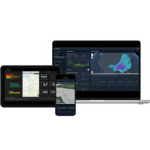The wildfire management policy landscape is evolving rapidly with two recent significant legislative advancements at State (Colorado) and Federal levels, aimed at enhancing technology deployment and collaboration in wildfire prevention and mitigation.
Bills recently approved by Colorado’s Wildfire Review Committee, and the Federal HR8790 Fix Our Forests Act are exciting developments that offer unique opportunities for advancing the application and benefits of emerging wildfire technologies across the United States (US). With 39,169 fires having burned 7,438,367 acres of land across the US so far this year alone, it’s encouraging to observe law makers on both sides of the aisle taking action to ensure we’re harnessing the latest geospatial and machine learning technologies in this fight.
Colorado’s ‘Applying Artificial Intelligence to Fight Wildfire’ Bill

Colorado’s Wildfire Matters Review Committee advanced a series of bills last week to bolster the forestry workforce and improve wildfire prevention and mitigation strategies. Among them was Bill 1 – Applying Articial Intelligence to Fight Wildfire – which would direct Colorado’s Department of Public Safety to study and develop AI applications to fight wildfires. This bill positions AI as a central tool to forecast wildfire ignition, monitor active fires, and assess their potential spread based on geospatial data, vegetation types, and fuel conditions, and would allocate $7.5 million to develop AI applications that predict, mitigate or assist in fighting wildfires. Furthermore, the bill allows for contracting third parties to develop these AI applications.
Key Takeaways:
- $7.5 million allocated for AI-based wildfire technologies
- Focus on data that can be incorporated into maps displaying:
- classification of vegetation and wildfire fuel
- wildfire ignition potential
- wildfire perimeter
- wildfire spread predictions
- Door open to 3rd-party partnerships
HR8790 Fix Our Forests Act – Section 303: Public-Private Wildfire Technology Partnership

At the Federal level, last week, the House of Representatives passed H.R. 8790, the bipartisan Fix our Forests Act. Included in this package was Section 303, which focused on the importance of public-private partnerships in deploying and testing new wildfire technologies. The bill mandates the creation of a Pilot Program to evaluate innovations in wildfire prevention, detection, and communication. Federal agencies such as the Department of Defense, NASA, and the Bureau of Land Management will collaborate with private entities, nonprofits, and educational institutions to address wildfire risk through advanced technologies like AI, remote sensing, and 5G networks.
Over a seven-year timeline, the legislation would aim to advance 5 key technology priority areas:
- hazardous fuels reduction treatments or activities;
- dispatch communications;
- remote sensing, detection, and tracking;
- safety equipment; and
- common operating pictures or operational dashboards
Key Takeaways:
- Federal Pilot Program for wildfire technology deployment
- Focus on AI, remote sensing, and emerging technologies
- Potential for long-term federal partnerships and contracts
Conclusion
Both Colorado’s ‘Applying Artificial Intelligence to Fight Wildfire’ Bill and Section 303 of the Fix Our Forests Act are pivotal steps forward in utilizing technology to manage wildfire risks. Teren applauds these legislative efforts which pave the way to working with 3rd parties to ensure the best technology is being used to provide critical solutions for hazard monitoring, risk assessment, and real-time wildfire management.
Both bills face further legislative process before becoming law: the Federal Bill still needs to be passed in the Senate and be signed by the President; while Colorado’s Bill will be introduced in the 2025 session, pending approval from Legislative Council. But both have strong bipartisan support, which bodes well for their future.
Stay tuned as we monitor how these legislative developments unfold and the impact they will have on wildfire technology deployment.
Teren’s Wildfire Technology
Teren provides watershed protection and forestry data products and services that help address critical challenges including climate change, watershed health, climate resilience, and natural resource
protection. Using our cloud-based high performance computing engine, we rapidly process, analyze, and deliver large-scale geospatial and earth observation datasets to support watershed protection, natural resource planning, and disaster response.
To see this in action, check Teren’s recent work with the NRCS Conservation Effects Assessment Project on Grazing Lands (CEAP-Grazing Lands) and New Mexico NRCS field offices in the aftermath of the Hermits Peak and Calf Canyon fires.



How can Teren help you?
We'd love to hear from you.
- Ready to dive deeper? -
Knowledge Hub
White Papers
Webinars